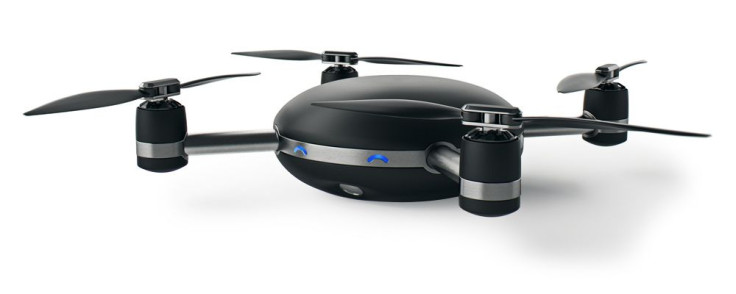Lily Drone Follows, Films Users But Short Battery Life Earns Early Skepticism

Meet the Lily drone. It's a new, relatively inexpensive unmanned aerial vehicle that users deploy into the sky simply by throwing it up into the air. The Lily then films its owner, following them around by chasing a signal from a GPS locater.
As drone technology has developed customers have remained frustrated by an inability to film themselves. Sure it's possible to look through a drone camera mid-flight, but that often interferes with a pilot's ability to control the aircraft. Not with Lily.
The drone isn't scheduled to be released until February 2016, but a just-released demo video shows that the Lily essentially pilots itself. Once in the air, it follows and films whoever is wearing a cookie-sized GPS device that can fit on a wrist or slip into a pocket. Maybe it shouldn't be a surprise, then, that Lily is being marketed as the next must-have for outdoor adventure types.
Lily pre-orders cost $499, with the price doubling to $1,000 when it's finally released. It looks like it's waterproof, too. But don't expect to film the entire rafting or hiking trip because of a short battery life and slow speed. The reaction on Reddit, for one, has been underwhelming.
“This whole thing looks to be pretty underwhelming. At 20min and 25 mph it can capture very little,” one user wrote. “The idea seems nifty, even if for commercial purposes it'd be a cool way to do overhead cameras in sports like basketball were the ball rarely soars over a certain distance, especially at places like half court where this sort of thing might be able to pick up some great footage 15-25 feet above the court.”
Lily is the latest entrant into what is expected to become a booming market for commercial and recreational drones.
© Copyright IBTimes 2025. All rights reserved.



















